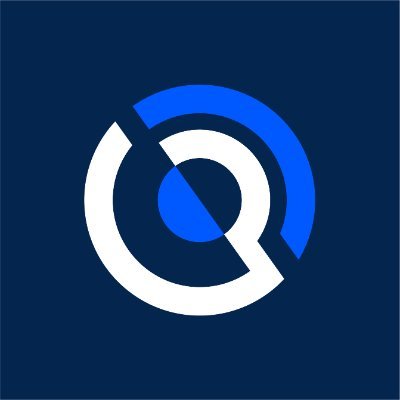OpenAI expands its Washington reach with government tools and partnerships

OpenAI just dropped a deal on the U.S. government. Starting this year, federal agencies can get access to ChatGPT Enterprise for $1.
That covers the entire executive branch workforce for the next twelve months. To make this happen, OpenAI partnered with the U.S. General Services Administration. The $1 plan gives agencies full access to its frontier AI models.
The offer also includes two extra months of bonus features like Advanced Voice Mode and Deep Research. According to OpenAI, this is part of its goal to “make services faster, easier, and more reliable” for public agencies.
OpenAI expands its Washington reach with government tools and partnerships
OpenAI launched OpenAI for Government in June and already locked in a contract worth up to $200 million with the Department of Defense.
Now, the $1 ChatGPT rollout adds another layer to that. And to support the whole thing, OpenAI will open its first D.C. office in early 2026, showing it’s clearly trying to cement its place in the U.S. public sector.
As part of this government push, OpenAI is throwing in training resources too. There’s a whole “OpenAI Academy” aimed at federal workers, plus a user community built just for government staff.
There are also options for custom training, and third-party help from Boston Consulting Group and Slalom to make sure agencies deploy this stuff the “right” way.
JUST IN: Trump partners with OpenAI to bring ChatGPT to all federal agencies at $1 per agency. pic.twitter.com/lRodl7KkPZ
— Cryptopolitan (@CPOfficialtx) August 6, 2025
Security was a key point in the announcement. OpenAI said ChatGPT Enterprise doesn’t use any business data, inputs, or outputs for model training. They promised that the same policy applies to government use. To back that up, the GSA issued an Authority to Use (ATU) for the product, showing it passed federal-level security checks.
Just yesterday, OpenAI released GPT-OSS, its first open-weight model in more than six years. This thing is fully downloadable, customizable, and can even run on a laptop.
It comes in two versions: a 120-billion-parameter model and a lighter 20-billion-parameter version. The larger one is designed to run on a single Nvidia GPU and performs similarly to the company’s o4-mini model.
The smaller one is close to o3-mini, and it needs only 16GB of VRAM. Both models are now available via Hugging Face, Databricks, Azure, and AWS, and they’re licensed under Apache 2.0, so developers can use and modify them freely, even for commercial purposes.
CEO Sam Altman used to argue against releasing open-weight systems due to safety risks. But back in January, after competitors like DeepSeek gained traction, Sam admitted that OpenAI had “been on the wrong side of history” by not releasing its own open models.
Behind the scenes, the company is still talking to investors about a potential stock sale that would give it a $500 billion valuation, according to CNBC. That would be a huge jump from the $300 billion valuation it had when it announced a $40 billion funding round in March. That round remains the largest ever for a private tech firm.
Get seen where it counts. Advertise in Cryptopolitan Research and reach crypto’s sharpest investors and builders.







